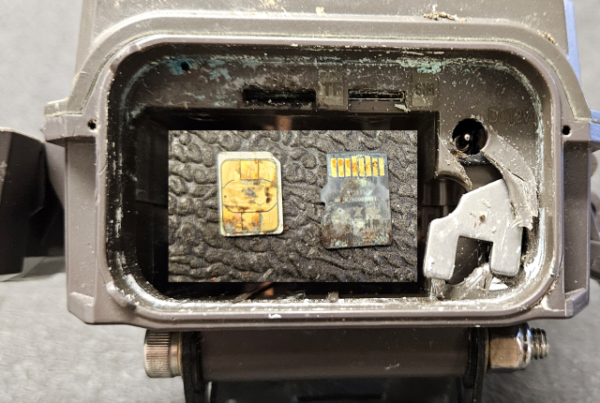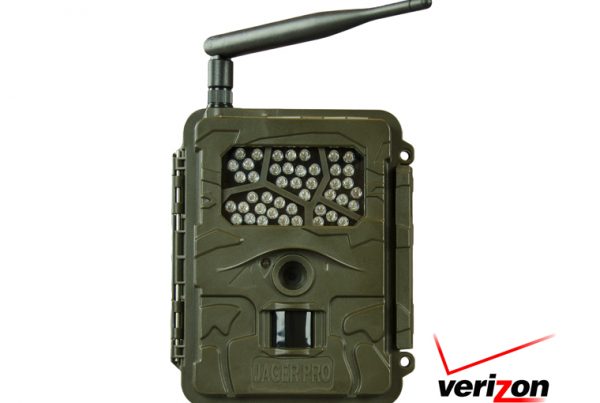Properly charging any battery is a must to maintain constant field operations. Customers often ask how we keep our batteries charged, so we decided to cover the technical explanation as a blog topic. A 9V Constant Current charger was used in this demonstration with the JAGER PRO® 6-Volt Battery Box.
Battery Charging Basics
A wall mounted, transformer-based charger must deliver more than 6.45 volts for a 6V battery to begin the charging process. However, charging a depleted battery at this minimum voltage would take longer than 48 hours. A higher voltage is used because it forces the charging reaction at a higher rate. Typical charging voltage is between 2.15 volts per cell (6.45 volts for a three-cell battery) and 2.50 volts per cell (7.50 volts for a three-cell battery). These voltages are appropriate to apply to a fully charged battery without overcharging or damage. If the battery is not fully charged, you can use much higher voltages without damage because the charging reaction takes precedence over any over-charge chemical reactions until the battery is fully charged. This is the reason a 6-volt battery charger can operate at 7.50 volts during the bulk-charge phase of the charge cycle.
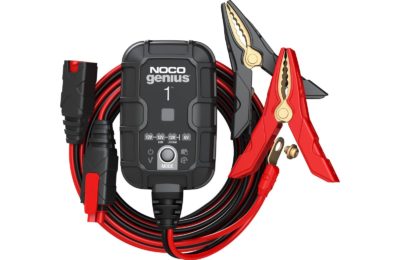
Multimeter Basics
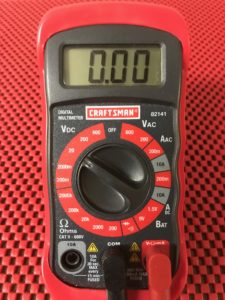
Plug the black probe into the common (COM) multimeter port which is usually connected to ground or negative (-) in a circuit. Plug the red probe into the multimeter mA-V-Ω port. Turn the multimeter knob to “20V” in the DC voltage range. Touch the black probe to the battery’s ground (negative) and the red probe to the battery’s positive. The voltage reading will appear on the digital display. The probes are reversed on the battery terminals if you observe a negative sign (-) left of numbers on the digital display.
Charging Demonstration Data
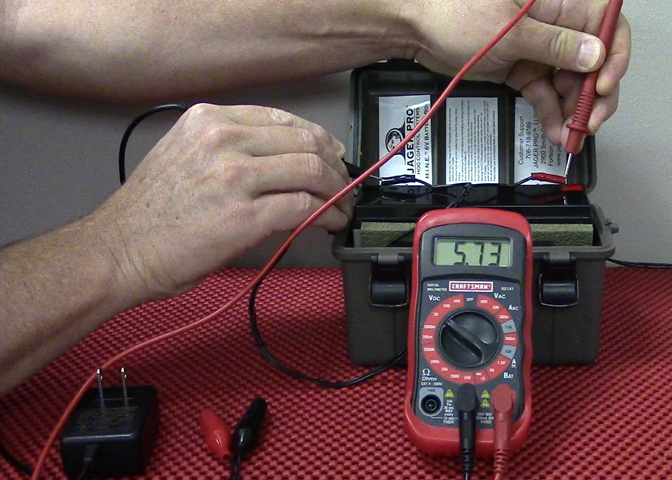
The charging demonstration starts with a discharged battery reading 5.73 volts DC.
Below are the “Charging Durations” and “Multimeter Readings” during the 10-hour charging demonstration.
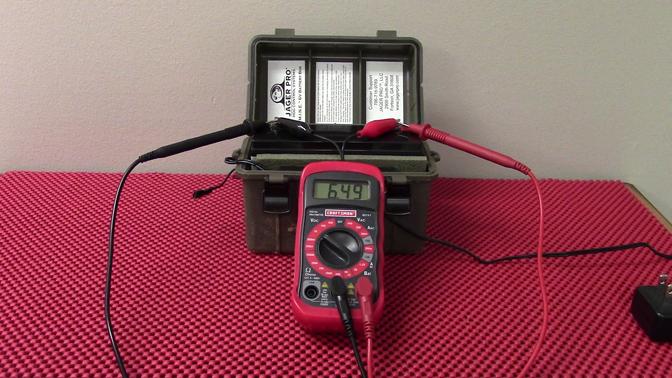
Notice the multimeter indicated 7.36 volts DC after 10-hours of charging, but leveled out at 6.49 volts DC after the charger was disconnected for 30-minutes.
Conclusion
Our demonstration indicated 10 hours were needed to fully charge a depleted 6V/12AH battery which can take place overnight. This is the reason we selected the 9-volt, 800 mA constant current charger for our 6-volt camera battery box. We recommend the charger be disconnected when the charging voltage reaches 7.5 volts. The voltage reading should drop and level out somewhere between 6.50 and 6.60 volts within 30 minutes after disconnecting the charger. DO NOT allow charging voltage to rise above 8 volts which may eventually overcharge the battery or damage cells. Please follow this advice to obtain the longest operating life from your rechargeable battery.
Strategy
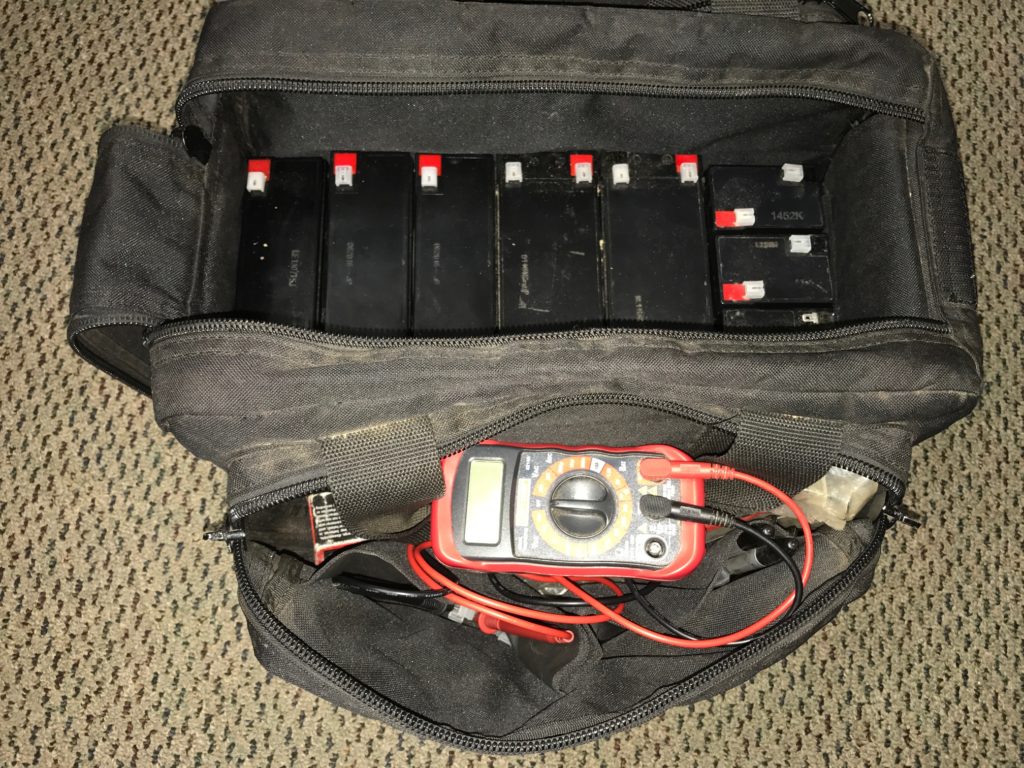
JAGER PRO® personnel carry a field bag with multimeter and additional 6 & 12 volt batteries for cameras, feeders and control boxes. Low batteries are simply replaced with a fully charged battery in the field, then brought back to our office for charging. This strategy ensures all cameras, feeders and control boxes are fully mission capable every night.



